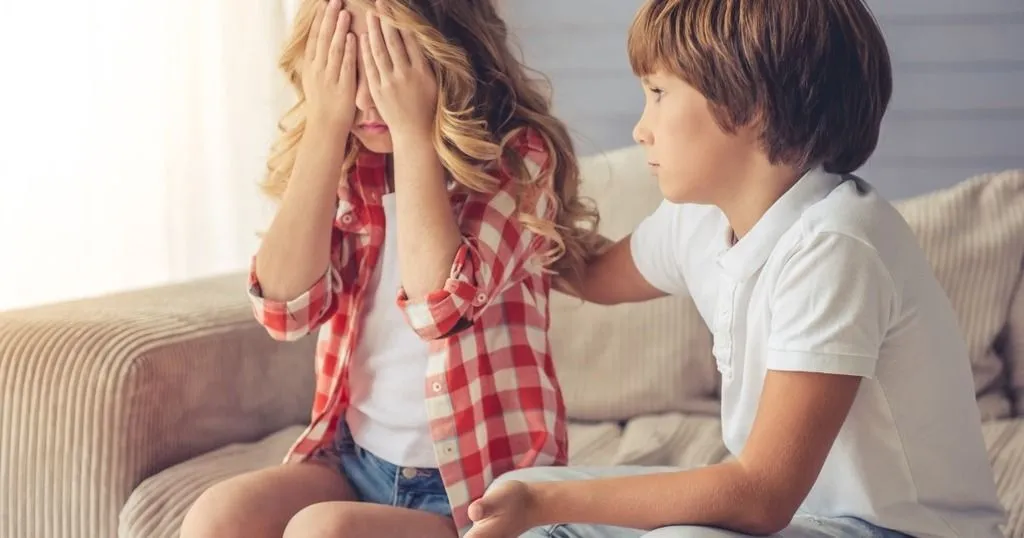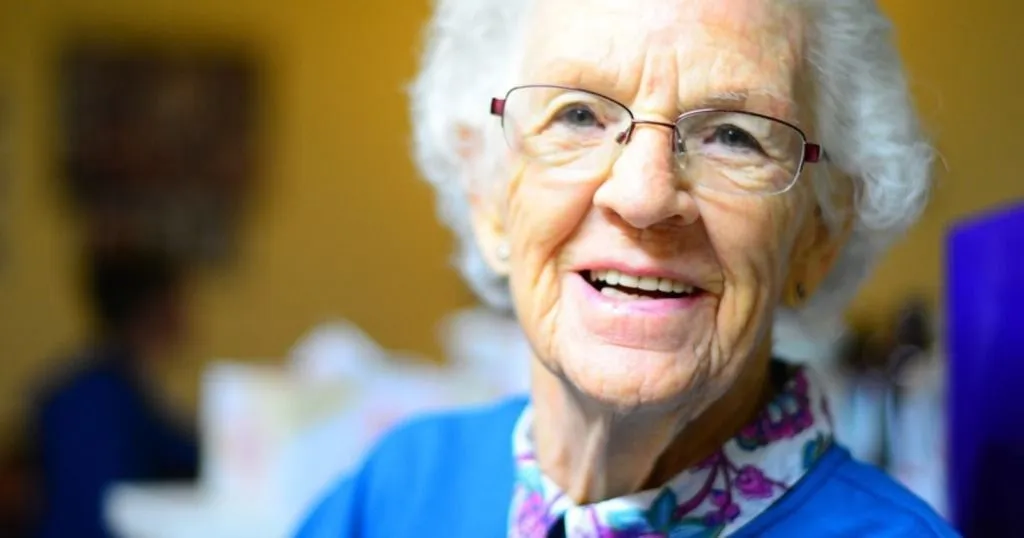Observing and coding the behavior of siblings
Would it help if your brother or sister is sitting by your side when you're in pain? Would that ease the pain, or provide some distraction?
Posted by
Published on
Mon 17 May. 2021
Topics
| Behavioral Research | Coding Behavior | The Observer XT | Video Recording | Infants |

Suppose you are asked to keep your hand in a bowl of ice-cold water for as long as possible. Kind of like an ‘ice bucket challenge,’ but slightly different. You know in advance that this experiment will be unpleasant, and that it might even be painful.
Would it help if your brother or sister is sitting in front of you to support and encourage you? Would that ease the pain, or provide some distraction? This likely depends on the quality of the relationship between you and your sibling.
How do parents or siblings best support a child in pain?
Usually, when children need to be supported or are in pain, we naturally ask their parents to provide that support. Also, research on family factors in pediatric pain has mainly focused on parents.
For example, in the OUCH lab (Opportunities to Understand Childhood Hurt laboratory) in Toronto, researchers primarily focused on understanding how caregivers and children interact within the context of pain. But what about the role of siblings?
Approximately 80% of individuals have a sibling. Siblings are important in our lives, especially while growing up. Siblings help each other to learn how to socialize, share, and deal with feelings. The bond between brothers and sisters is usually much stronger than the differences that exist between them.
The effect of a strong and positive sibling relationship
A team led by Schinkel conducted a study that included a sample of 92 sibling dyads between the ages of eight and 12 years old. They were asked to complete two tasks: a tower-building task, and the cold-pressor-task (CPT) in a counterbalanced order.
Furthermore, each child and one of their parents completed respective versions of the Sibling Relationship Questionnaire–Revised, addressing items such as intimacy, companionship, admiration of and by siblings, affection, quarrelling, and competition.
The researchers used these measures to examine:
- Relations between the quality of the sibling relationship (warmth/closeness) and the behaviors of the siblings while they observed their brother or sister’s pain, as well as experiencing pain themselves during the CPT;
- Relations between an observing sibling’s behavior and a child’s pain outcomes
Completing tasks while unobtrusively observed
For the tower building task, the children were provided with a set of everyday craft materials (e.g. paper, tape, straws, and rubber bands) and were instructed to build the tallest tower they could.
During the CPT, children were instructed to put their non-dominant hand into the water up to the bend of their wrist. They were told to keep their hand in the water for as long as they could (even if it was uncomfortable), until it became too uncomfortable or hurt too much. The water was maintained at 10 ± 1°C.
Observing siblings were seated across from the child participating in the CPT and were not given direct instructions regarding how to interact with one another. The children took turns completing the CPT in a counterbalanced order (older vs younger sibling) with their sibling present.

Video observations
Both tasks were video and audio recorded, and the behaviors of the siblings was subsequently coded with The Observer XT to provide an observational measure of sibling relationship quality. Pain tolerance was scored as the duration of time in seconds each child left their hand submerged in the water during the CPT, up to a maximum of 240 seconds.
Immediately after each CPT, the child who completed the CPT was asked to provide ratings of their pain intensity (“most” pain) and pain-related fear.
Behavioral coding while viewing the videos
The videos of both tasks were viewed three times. On the first pass, the behaviors were just observed without providing scores. On the second pass, the behavior of the older sibling was coded, and on the third pass, the behavior of the younger sibling and the dyadic behaviors were coded. A total score was calculated for each sibling dyad for positivity and negativity by summing the relevant codes across the intervals.
In the Noldus Technical Briefing 'Behavioral Coding', we will show you how to create coding schemes that allow you to reach your behavioral endpoints but, at the same time, are clear enough for efficient and reliable coding.
The behaviors were grouped by the researchers into:
- attending (e.g. “Don’t worry, you’re going to be fine”)
- non-attending (e.g. “Let’s ask mom if we can get a pizza for dinner”)
- coping/encouragement (e.g. “You’re doing a great job”)
- other behaviors (e.g. “Let’s see who can do it longest”)
The examples given here relate to the observing sibling.
FREE TRIAL: Try The Observer XT yourself!
Request a free trial and see for yourself how easy behavioral research can be!
- Work faster
- Reduce costs
- Get better data
The quality of the sibling relationship
The results of the study showed that more observed positivity was related to the second sibling engaging in more non-attending and less attending behaviors while participating in the CPT. This means they were more often searching for distraction, or used more humor to cope. They also showed less resistance, and expressed less negative talk about the situation (e.g. ‘The machine is noisy’, or ‘I can’t do this anymore’).
Also, greater levels of the first sibling’s self-reported warmth/closeness were related to themselves engaging in more non-attending behaviors while completing the CPT.
In response to these results, the researchers concluded that children with positive/warmer relationships tended to engage in less pain-oriented behaviors, and in more behaviors that shifted the focus away from their pain (e.g., distraction). They say that children with better sibling relationships may engage in natural conversation and humor more often, and are more likely to use “non-attending behaviors” as a potentially helpful strategy while in pain and with their sibling present.
Does the behavior of an observing sibling influence a child’s pain outcome?
Findings for the second research question show that greater attending behaviors by the observing child were related to their sibling having lower pain tolerance scores, which was the case for both siblings. Greater coping and encouragement behaviors by the second sibling while observing were related to their sibling reporting higher pain intensity and pain-related fear.
The results of this study emphasize the importance of family factors in children’s pain experiences, and highlights the potential role siblings may play in how children learn to interpret and respond to acute pain across development.
FREE WHITE PAPER: Tools for infant studies
Learn more about the software tools available for infant studies.
- Capture behaviors with video
- Annotate behaviors accurately
- Unobtrusive emotion analysis
References
Schinkel, M.G.; Chambers, C.T.; Corkum, P. & Jacques S. (2018). Dyadic analysis of siblings’ relationship quality, behavioural responses, and pain experiences during experimental pain. Pain, 159 (8), 1569-1579.
Related Posts

Facts about FaceReader and automated facial expression analysis

Parenting behaviors and executive function in Down syndrome
